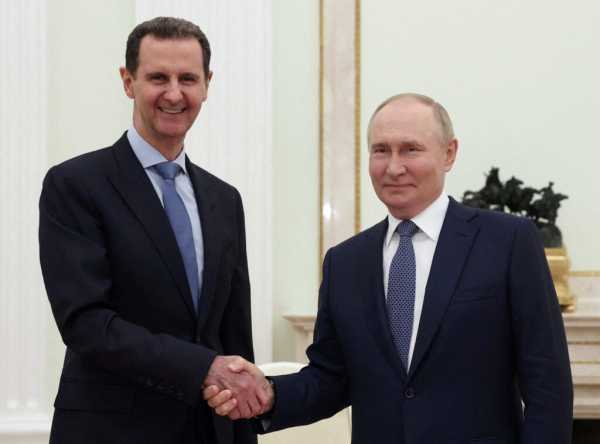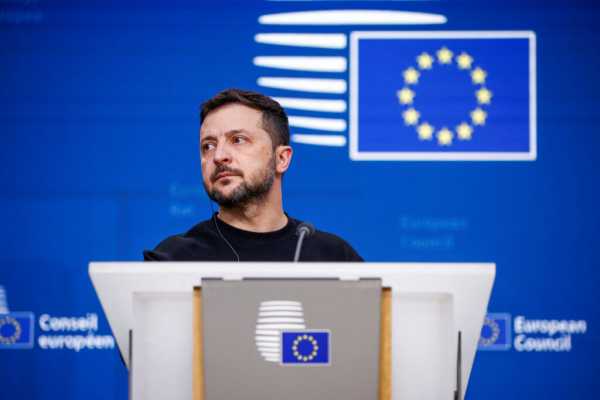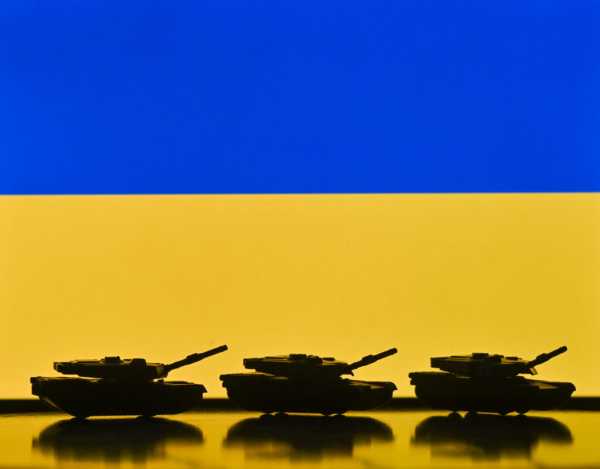
A bipartisan group of U.S. senators recently called on the Trump administration to consider releasing more than $300 billion in frozen Russian assets to Ukraine. In a March 21 letter to Secretary of State Marco Rubio, senior Republicans including Lindsey Graham joined their Democratic colleagues in pushing for the frozen funds to be released for Ukraine’s military.
The appeal is part of a lively ongoing debate on both sides of the Atlantic about the fate of hundreds of billions of dollars in Russian sovereign assets that have been frozen since the start of Russia’s full-scale invasion of Ukraine in February 2022. Over the past three years, many have advocated using these funds to support Ukraine’s defense or cover the costs of rebuilding the country, but a range of political, financial and legal considerations have so far prevented any decisive steps to seize them.
Canada and the United States have introduced legislation giving their governments the power to seize frozen Russian assets, and the French parliament recently passed a non-binding resolution on using frozen Russian funds to support Ukraine. Others, such as Polish Prime Minister Donald Tusk, have expressed support for the initiative. But for now, Ukraine’s international partners can only agree on using interest from the frozen funds to cover loans to Kyiv.
Opponents say using Russia’s frozen assets to finance Ukraine’s defense and reconstruction could have far-reaching negative consequences for the Western financial system that survives the current war. They warn that seizing Russia’s assets would undermine the international credibility of Western financial institutions and could lead to direct and indirect countermeasures from the Kremlin that could further fuel global instability.
Speaking at a meeting of EU leaders in Brussels in late March, Belgian Prime Minister Bart de Wever said any move to confiscate Russian assets would be seen as an “act of war.” The Belgian prime minister, whose country holds the largest share of the frozen Russian funds, warned that the proposed seizure would pose “systemic risks for the entire global financial system” and could provoke retaliation, with any remaining Western assets located in Russia likely to be targeted.
In addition to these considerations, the legal basis for seizing Russia’s frozen sovereign assets remains the subject of considerable debate. Any court order compelling the government to seize Russian assets would be illegal under international law, Durham University financial law professor Federico Luco Pasini recently told Euronews. However, if there was an executive decision by the government to seize the assets, “that could potentially circumvent the issue,” Pasini said. Others believe there are legal precedents, with some pointing to the use of frozen state assets to compensate victims of Iraq’s 1990 invasion of Kuwait.
The idea of making Russia pay for the destruction it has wrought in Ukraine is obviously appealing, with many seeing it as a form of international justice. Supporters believe that using Russian funds would be particularly appropriate in this context, given the fact that few, if any, Kremlin officials will be held legally accountable for war crimes committed in Ukraine. Using Russian money would also reduce the burden on taxpayers across the West and ease political pressure on governments struggling to finance Europe’s biggest war since World War II.
Discussions about the possible transfer of frozen Russian assets to Ukraine have intensified significantly in recent months since Donald Trump’s return to the White House. The Trump administration’s decision to briefly suspend military aid to Ukraine and the broader U.S. foreign policy shift away from Europe have underscored the need to find alternatives to continued U.S. support for Ukraine.
The emergence of an axis of authoritarian regimes centered in Moscow is now also helping to convince many in the West of the need for unprecedented measures. With North Korean soldiers fighting for Russia against Ukraine and Iran supplying the Kremlin with large numbers of attack drones to bomb Ukrainian cities, there is a growing sense of insecurity in Western capitals. “Russia, China, Iran and North Korea are hostile to the interests and values of democratic states. They are increasingly working together to undermine the international order,” former British Prime Minister Rishi Sunak wrote in a recent article, backing calls for Russia’s frozen assets to be handed over to Ukraine.
Faced with the new geopolitical realities of an expansionist Russia and an isolationist United States, many politicians across Europe may soon become more receptive to the idea of using Russia’s frozen sovereign assets to finance Ukraine’s ongoing fight for survival. However, there is still no consensus on the issue, amid widespread reluctance to set what opponents see as a dangerous precedent. While proponents argue that seizing Russia’s assets could be legally justified, any decision will ultimately be a test of Western resolve and a matter of political will.
Mark Temnitsky is a nonresident fellow at the Atlantic Council's Eurasia Center and an accredited freelance journalist covering Eurasia.
Source: Source



